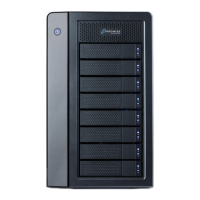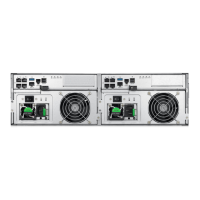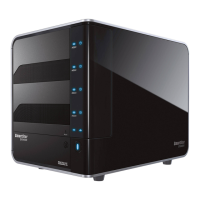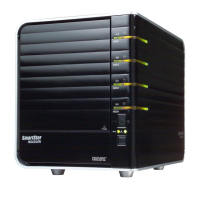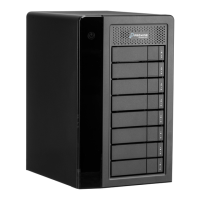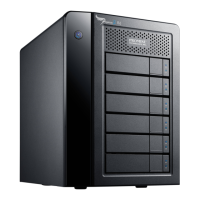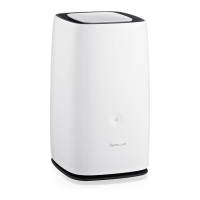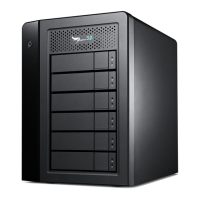Chapter 5: Management with the CLU
169
Subsystem Management – Subsystem settings, Controller settings, statistics,
lock/unlock the subsystem, set date and time, Enclosure settings, FRUs and
Topology.
Physical Drive Management – View disk drive assignments and parameters,
change global physical drive settings, and locate a physical drive.
Disk Array Management – View disk array information, create and delete disk
arrays, transport, rebuild, PDM, and transition functions, and locate a disk array,
create and delete logical drives.
Spare Drive Management – View a list of spare drives, create, modify, and
delete spare drives, and run spare check.
Logical Drive Management – View logical drive information, name logical
drives, initialization and redundancy check, and locate a logical drive.
Network Management – Set IP addresses for Virtual and Maintenance Mode
Ports, gateway, and DNS server; subnet mask.
Fibre Channel Management – Node information, Port information, settings and
statistics, list of logged-in devices, list of initiators.
SAS Management – Node information, Port information, settings, status, and
statistics; SFP information, list initiators.
Background Activity – Summary of Activity, Settings for Media Patrol, Auto
Rebuild, Rebuild, Migration, PDM, Transition, Synchronization, Initialization,
Redundancy Check rate, and thresholds.
Event Viewer – View the event logs.
Additional Info and Management – LUN Mapping, User Management, Flash
through TFTP (Firmware update), Clear Statistics, Restore Default Settings,
Shutdown or Restart the subsystem.
Buzzer – Enable, disable or silence the buzzer (audible alarm).
Accessing Online Help
To access online help on any CLU screen, press Ctrl-E.
To return to the CLU, press Enter.
Exiting the CLU
1. Highlight Return to Previous Menu and press Enter.
Repeat this action until you arrive at the Main Menu.
2. From the Main Menu, highlight Return to CLI and press Enter to exit
3. Close the terminal emulation, Telnet or terminal window.
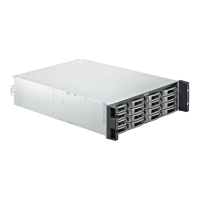
